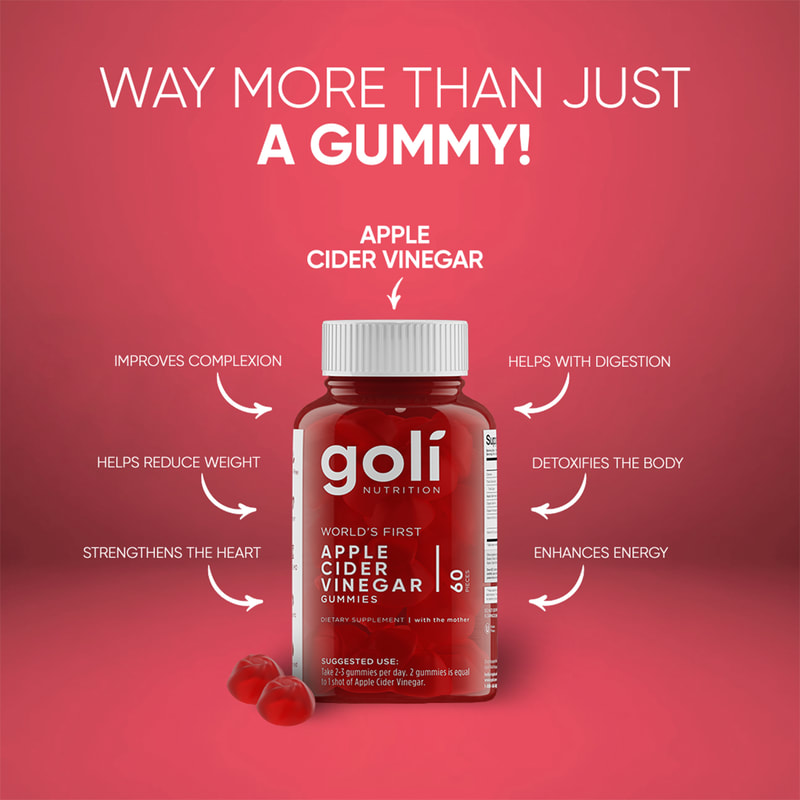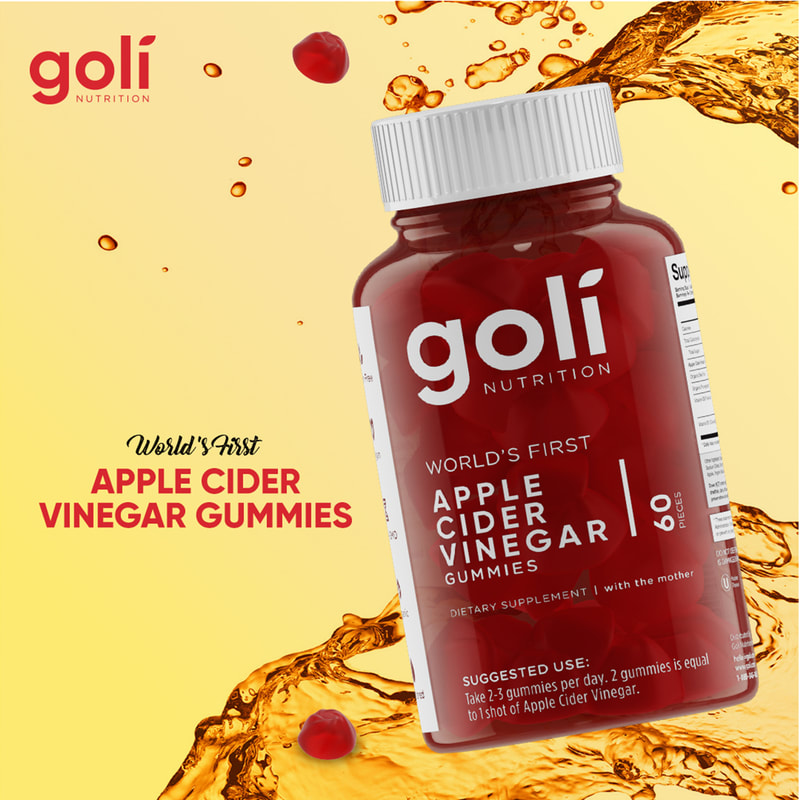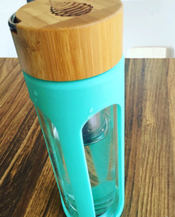 Glass Water Bottle with built in Alkaline Filter
Glass Water Bottle with built in Alkaline Filter
Most people are exposed to BPA through their diet. While air, dust, and water are other possible sources of exposure, BPA in food and beverages accounts for the majority of daily human exposure. Bisphenol A can leach into food from the protective internal epoxy resin coatings of canned foods and from consumer products such as polycarbonate tableware, food storage containers, water bottles, and baby bottles. The temperature of the substance or bottle may effect how much BPA leaches from polycarbonate bottles or containers. BPA has also be found in breast milk. BPA has been shown to be capable of interfering with the body's hormones, particularly estrogen, and research has linked BPA exposure to diseases such as cancer. BPA is an endocrine disruptor and developing breast cancer is a multi-factorial and hormonal-dependent process, which may be triggered by many risk factors including chemicals like BPA.
One reason people may be concerned about BPA is because human exposure to BPA is widespread. The 2003-2004 National Health and Nutrition Examination Survey (NHANES III) conducted by the Centers for Disease Control and Prevention (CDC) found detectable levels of BPA in 93% of 2,517 urine samples from people six years and older. The CDC NHANES data are considered representative of exposures in the United States. Another reason for concern, especially for parents, may be because some animal studies report effects in fetuses and newborns exposed to BPA. Some studies suggest that infants and children may be the most vulnerable to the effects of BPA. (ReferenceNIH)
If we use bottles and containers that say "BPA-free" does that mean we are safe?
Shopping for a water or baby bottle online or in a store you will notice many that say "BPA-Free." There are several reasons why this label gives a false sense of security. When plastic bottles or other containers that usually contain BPA are removed, it is often replaced with a chemical that can be just as dangerous. BPA may be replaced with BPS or bisphenol-S, a similar chemical that may be just as harmful or possibly worse. Researchers call this swapping of chemicals "regrettable substitution." The replacement chemicals only have to be different enough to be considered distinct by regulators. They actually do not have to be proven safe! Most chemicals used commercially have not been tested for safety. The U.S Environmental Protection Agency (EPA) could take decades to review the 80,000 chemicals currently in use. Each year in the U.S. there is approximately 2,000 chemicals added to what companies are using in their products and have yet to be tested by the EPA.
BPA is already in so many products that it is pretty much unavoidable. The Food and Drug Administration (FDA) banned the use of BPA in baby bottles and sippy cups in 2012, but BPA is still being used in many other products such as water bottles, canned food and receipt paper. Even with extensive research and evidence of the harmful effects of BPA, the FDA has not banned BPA or other similar chemicals from items produced in the United States. The FDA has said that BPA is safe at very low levels that occur in some foods. BPA may be safe at very low levels, however, when combining BPA with other toxic chemicals found in our food, air, water supply and household items, this all adds up. We can all take steps to reduce our exposure to BPA and other chemicals.
Steps to reduce exposure to BPA and other chemicals:
(Reference NIH)
- Use BPA-free and BPS-free products. Check the products for labels. If a product doesn't have a label then look for the recycle codes 3 or 7, these may be made with BPA.
- Stop using canned goods. Reduce your use of canned foods since most cans are lined with BPA or BPS containing resin.
- Avoid heat. As I stated previously, the National Institute of Environmental Health Sciences, advices against microwaving polycarbonate plastics or putting them in the dishwasher, because the plastic may break down over time and allow BPA to leach into foods.
- Don’t microwave polycarbonate plastic food containers. Polycarbonate is strong and durable, but over time it may break down from over use at high temperatures. Use glass food containers to store and reheat food.
- Use alternatives. Use glass, stainless steel or porcelain for hot foods and liquids instead of plastic containers. I suggest using glass for all of your liquids cold or hot especially in warm weather. The heat from outside, or leaving the container in your car, may cause chemicals to leach out. Drinking from a glass bottle is the best way to ensure you will not be ingesting added chemicals. Try this glass water bottle from Invigorated Living. You can take this glass bottle everywhere you go and fill up since it also has a built in water filter. The alkaline water filter filters out chlorine and other toxins. Grab your very own FDA approved bottle here: Invigorated Living. Just click on the link, follow the steps until checkout and an automatic discount will be applied at checkout.
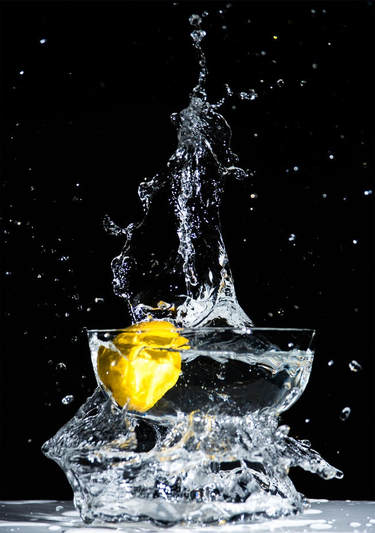

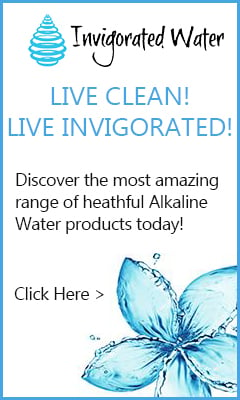

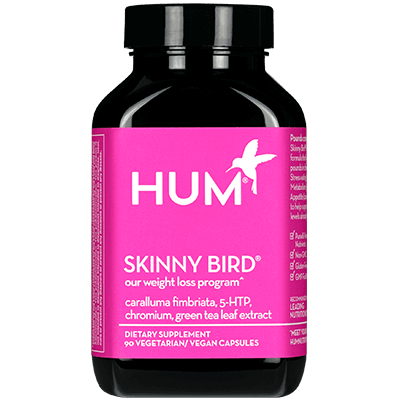
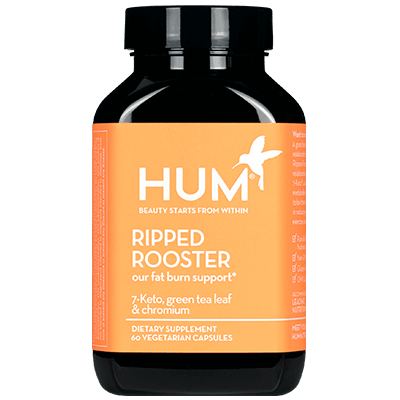
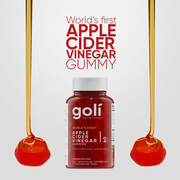
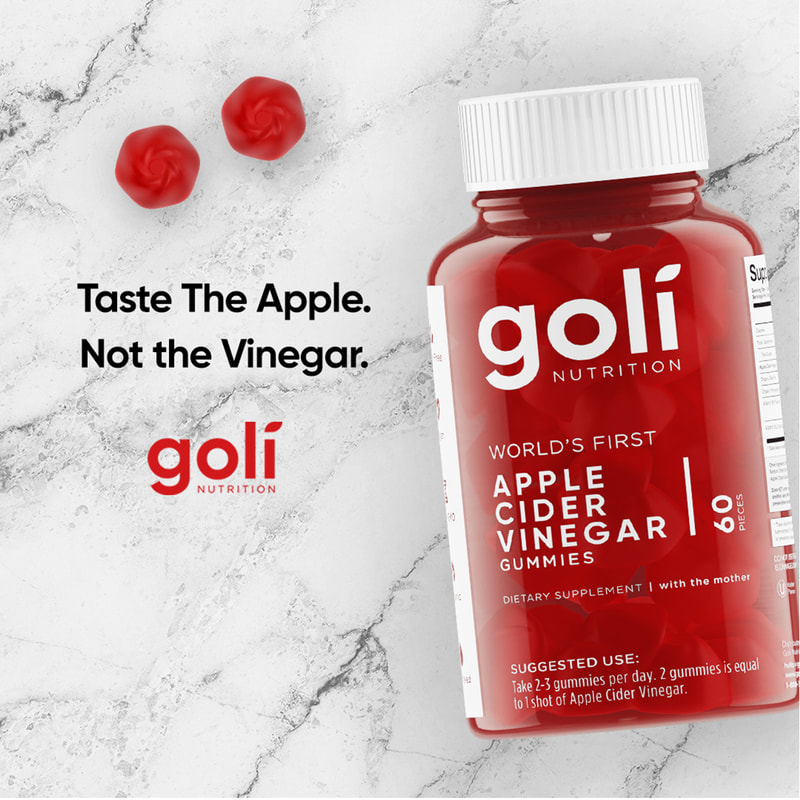


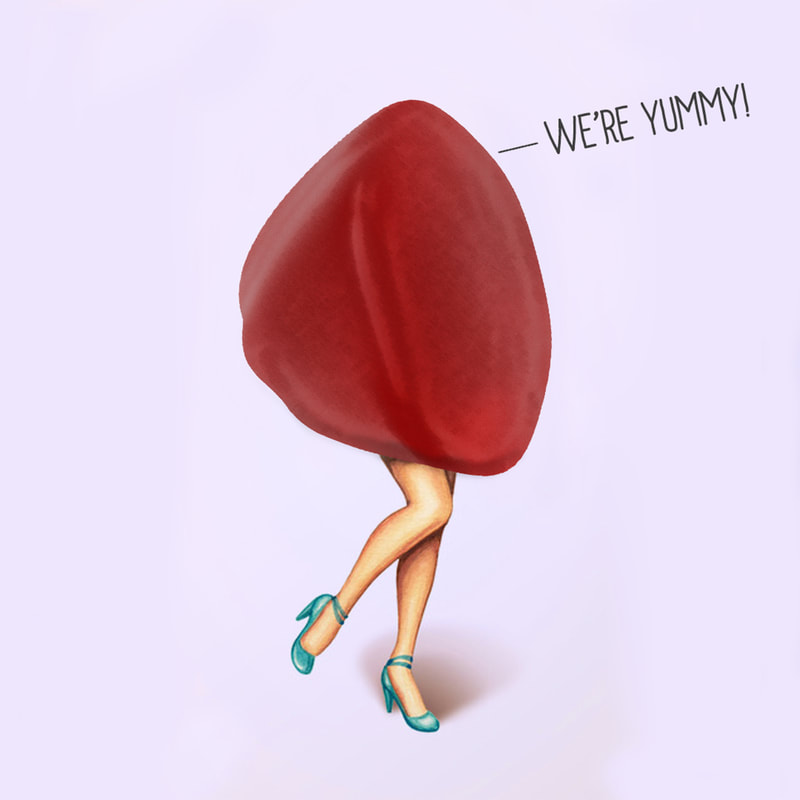

 RSS Feed
RSS Feed
